 Back to the Be Inspired Blog
Back to the Be Inspired Blog
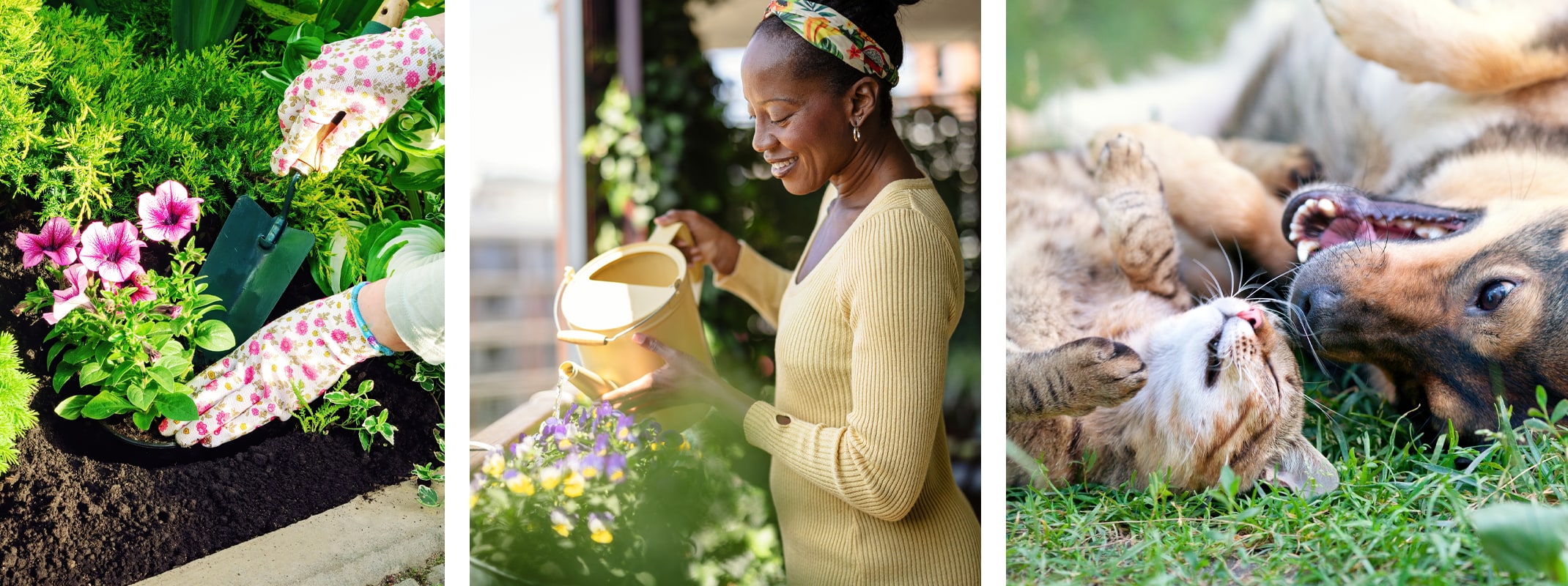
How to Use Gardening to Improve Your Health
Gardening isn’t just about making your outdoor space look beautiful—it’s a fantastic way to boost your physical and mental well-being. Whether you're growing fresh vegetables, fragrant herbs, or colorful flowers, getting your hands in the soil can work wonders for your health. From lowering stress to improving sleep, here’s how gardening can make a real difference in your life.
5 Ways Gardening Can Improve Your Health
1. Reduces Stress and Anxiety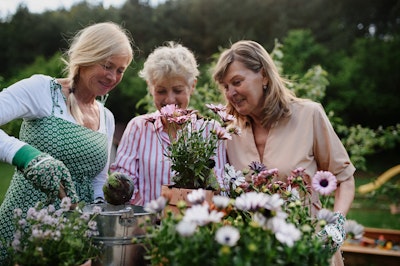
Ever notice how you feel calmer after spending time in the garden? Digging in the dirt, tending to plants, and being in nature can ease stress and mental fatigue. Research even suggests that soil microbes like Mycobacterium vaccae act as natural antidepressants, boosting serotonin levels and making you feel happier.
2. Supports Heart Health and Lowers Disease Risk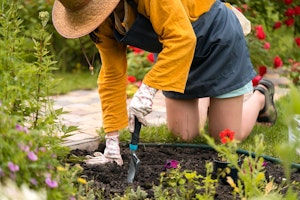
Gardening is a great way to stay active. Whether you're pulling weeds, raking leaves, or planting seeds, you're moving your body, which helps reduce the risk of heart disease, diabetes, and obesity. Plus, growing your own fruits and veggies encourages healthier eating habits.
3. Boosts Mood and Overall Happiness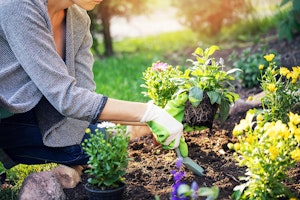
Sunshine and fresh air can work wonders for your mood. Exposure to natural light increases vitamin D levels, which helps combat seasonal blues. Plus, watching your plants grow and thrive brings a sense of accomplishment and joy.
4. Keeps Your Mind Sharp
Studies show that gardening may help lower the risk of cognitive decline and Alzheimer’s disease. The combination of problem-solving, physical activity, and sensory stimulation keeps your brain engaged and alert. Horticultural therapy is even used to support memory and cognitive function in dementia patients.
5. Improves Sleep Quality
Struggling with sleep? Spending time in the garden helps regulate your body’s internal clock. The combination of physical activity, stress relief, and exposure to natural daylight makes it easier to fall asleep and wake up refreshed.
10 Mood-Boosting Plants to Grow
Some plants don’t just look pretty—they contain compounds that promote relaxation and mental clarity. Here are 10 plants that can help lift your mood and bring positive energy into your garden:
1. Blue Potatoes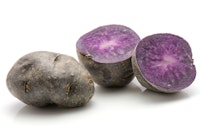
Rich in antioxidants, blue potatoes reduce inflammation and support brain health. They also contain iodine, which helps regulate mood-stabilizing hormones.
How to Grow Them: Plant in loose, well-drained soil with full sun. They do great in raised beds or large containers.
2. Cherry Tomatoes
Packed with lycopene, cherry tomatoes help reduce inflammation and improve mood.
How to Grow Them: Use a sunny spot or a large container with support for climbing vines. Water regularly for juicy, sweet tomatoes.
3. Black-Eyed Peas
These little legumes are loaded with folate, which helps produce serotonin and dopamine—key chemicals for happiness and relaxation.
How to Grow Them: Plant in warm, sunny conditions. They thrive in long summers with plenty of sun and water.
4. Oregano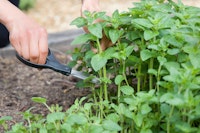
This fragrant herb is rich in compounds that help reduce anxiety and fatigue.
How to Grow It: Thrives in containers with well-drained soil. Let the soil dry slightly between waterings.
5. Swiss Chard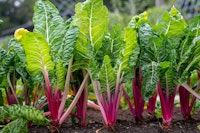
High in magnesium, Swiss chard helps improve energy levels and mood stability.
How to Grow It: Plant in full sun for best results, but it tolerates some shade. Great for raised beds or pots.
6. Sunflowers
Sunflower seeds contain phenylalanine, an amino acid that supports dopamine production and boosts mood.
How to Grow Them: Plant in a sunny spot with well-drained soil. Taller varieties may need support.
7. Chamomile
Known for its calming effects, chamomile can help reduce stress and improve sleep.
How to Grow It: Best grown in containers or garden beds. Harvest flowers for tea-making.
8. Evening Primrose
Evening primrose seeds are high in tryptophan, a building block for serotonin, which helps balance mood.
How to Grow It: Thrives in full sun and well-drained soil. Perfect for dry gardens.
9. Lavender
Lavender’s relaxing aroma is widely used to ease stress and anxiety.
How to Grow It: Prefers dry, sandy soil and full sun. Excellent for containers and garden borders.
10. St. John’s Wort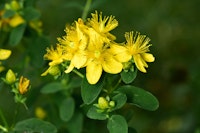
A well-known herbal remedy for mild depression, St. John’s Wort contains compounds similar to prescription antidepressants.
How to Grow It: Best grown in containers to prevent spreading. Needs partial sun and moderate watering.
Gardening isn’t just a hobby—it’s a natural way to boost your health and happiness. Whether you’re growing fresh food, fragrant herbs, or bright flowers, your garden can be a personal sanctuary for well-being. Do you have a favorite plant that helps lift your mood? We’d love to hear from you! Stop by SummerWinds Nursery to find the perfect plants for your wellness garden today.

